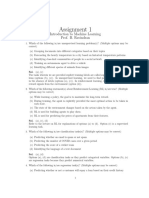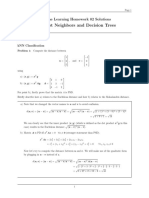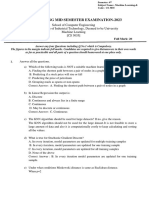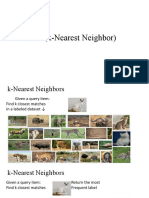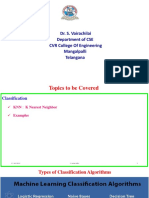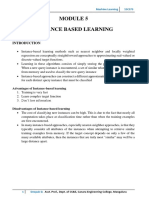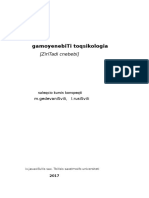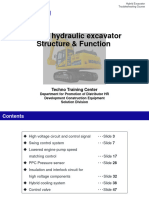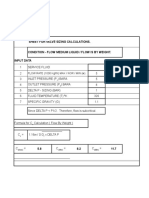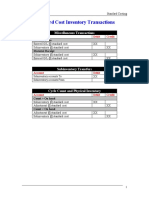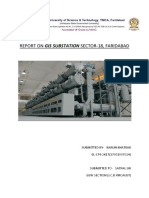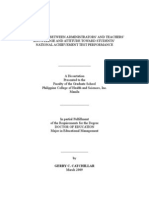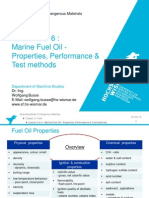0% found this document useful (0 votes)
60 views6 pagesMachine Learning Test 2
The document provides a summary of an exam for a Machine Learning course, specifically the GO Classes DA Test Series 2025. It includes details such as the number of questions attempted, correct answers, penalties, and individual question statistics with correct answers. The exam consists of 15 questions with a total duration of 45 minutes and a total score of 20 marks.
Uploaded by
sankalppandey2003Copyright
© © All Rights Reserved
We take content rights seriously. If you suspect this is your content, claim it here.
Available Formats
Download as PDF, TXT or read online on Scribd
0% found this document useful (0 votes)
60 views6 pagesMachine Learning Test 2
The document provides a summary of an exam for a Machine Learning course, specifically the GO Classes DA Test Series 2025. It includes details such as the number of questions attempted, correct answers, penalties, and individual question statistics with correct answers. The exam consists of 15 questions with a total duration of 45 minutes and a total score of 20 marks.
Uploaded by
sankalppandey2003Copyright
© © All Rights Reserved
We take content rights seriously. If you suspect this is your content, claim it here.
Available Formats
Download as PDF, TXT or read online on Scribd
/ 6




